Satellite imagery is widely used for remote sensing today, with satellites like Sentinel, IKONOS, MODIS, Landsat, QuickBird, GeoEye, and WorldView-1-2 providing high-resolution images. Services like Google Earth, Google Maps, and Microsoft Bing Maps offer public access to these satellite images.
The applications of satellite imagery are vast, including map creation, GIS, land cover classification, navigation, agriculture, crisis management, and more. Engineers analyze satellite imagery using computer vision models for tasks such as object detection and classification.
About us: We empower teams to build, deploy, and scale computer vision applications quickly with Viso Suite, our comprehensive platform. Trusted across industries, Viso Suite streamlines data processing, AI model training, and edge-based video analytics. To get started with Viso Suite, book a demo with our team of experts.
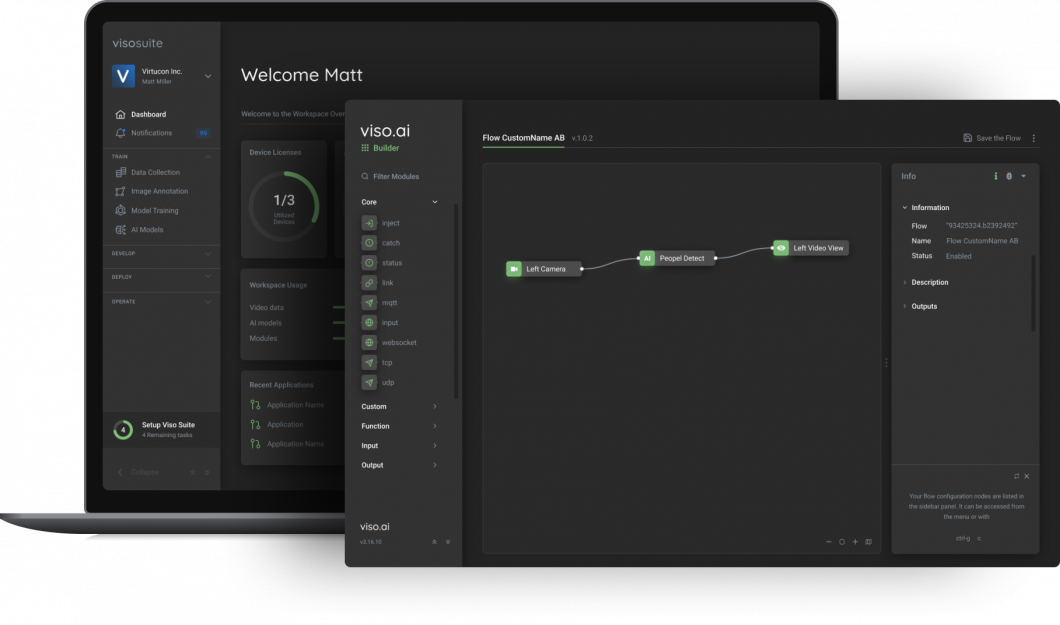
AI Techniques for Satellite Imagery
The integration of computer vision with satellite technology facilitates various applications, from field monitoring to disaster response. Computer vision techniques like Convolutional Neural Networks (CNNs) enable pattern recognition and feature extraction from satellite visual data.
Data Preprocessing
While satellite data is prepared and ready for analysis, additional processing steps are required before using the data in deep learning models. Missing data is a common issue when working with satellite data due to climate conditions like clouds, rain, and shadows.
Collecting data from multiple orbital trajectories can lead to complications, as well as dealing with multi-modal data. Spatial interpolation is applied for data augmentation, while stable diffusion techniques are used for temporal interpolation.

Geometric distortions and radiometric distortions are challenges when taking satellite photos from different angles and heights. Satellite images often contain multiple spectral bands, complicating model development.
Data Labeling
Data labeling is crucial for supervised learning with computer vision models. Labeled datasets are created using data labeling technologies, enabling domain specialists to classify spatial elements in satellite photos.
Viso Suite offers an image annotation environment based on CVAT, providing cloud-based image and video annotation tools.
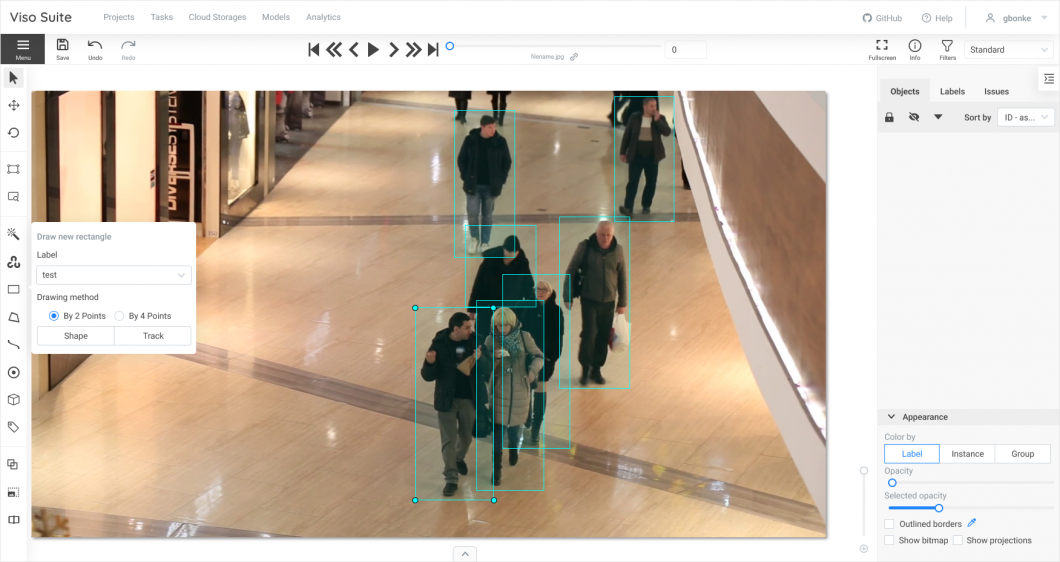
Supervised computer vision models are trained using labeled satellite imagery datasets, with performance measures guiding improvements to the labeling process.
Model Training
Researchers utilize Convolutional Neural Networks (CNNs) for various tasks in satellite image recognition. Models are trained on satellite datasets with temporal and spatial resolutions to classify land use, perform semantic segmentation, and detect objects.
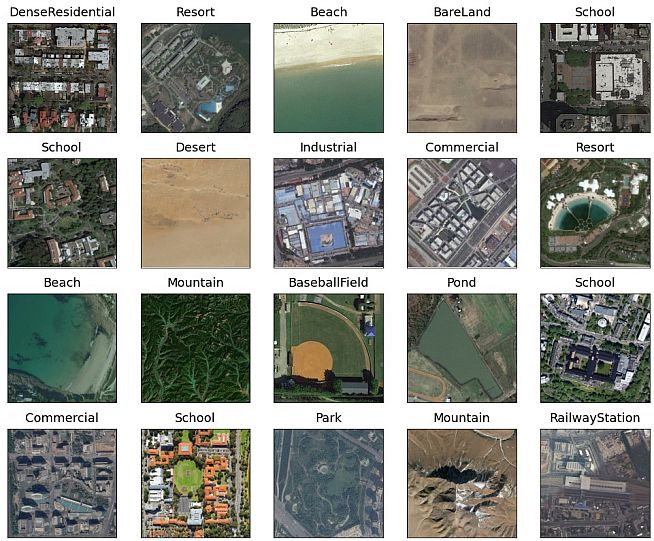
Unsupervised deep learning and fine-tuning techniques are also employed to enhance model performance on satellite imagery.
Deep Learning and CNN for Satellite Image Recognition
Convolutional Neural Networks (CNNs) are well-suited for processing sequential and multi-dimensional data, extracting features from input data. The training phase produces filter weights to learn features from satellite imagery.
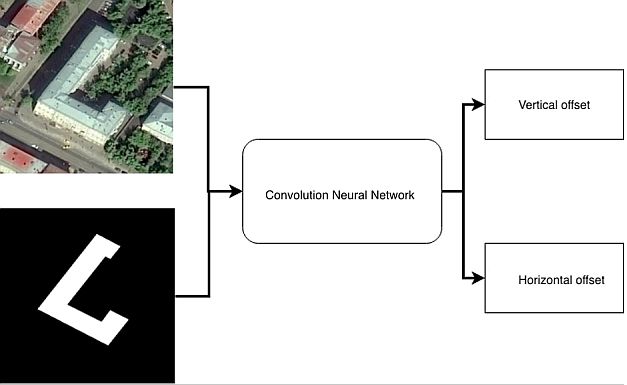
Researchers continue to explore new AI techniques and trends in satellite imagery to overcome challenges like data volume, image quality variations, and labeling issues.
Applications and Use Cases in Different Industries
Computer vision applications over satellite imagery have diverse applications across industries:
Agriculture
Satellite imagery is used for monitoring crop progress, analyzing water needs, nutrient spread, and planning treatments for increased yield. It also provides comprehensive field analysis for insurance purposes and efficient farm management.
Transport and Traffic
By analyzing satellite imagery, businesses can detect road congestion, accidents, and road damage, guiding fleet management and road maintenance.
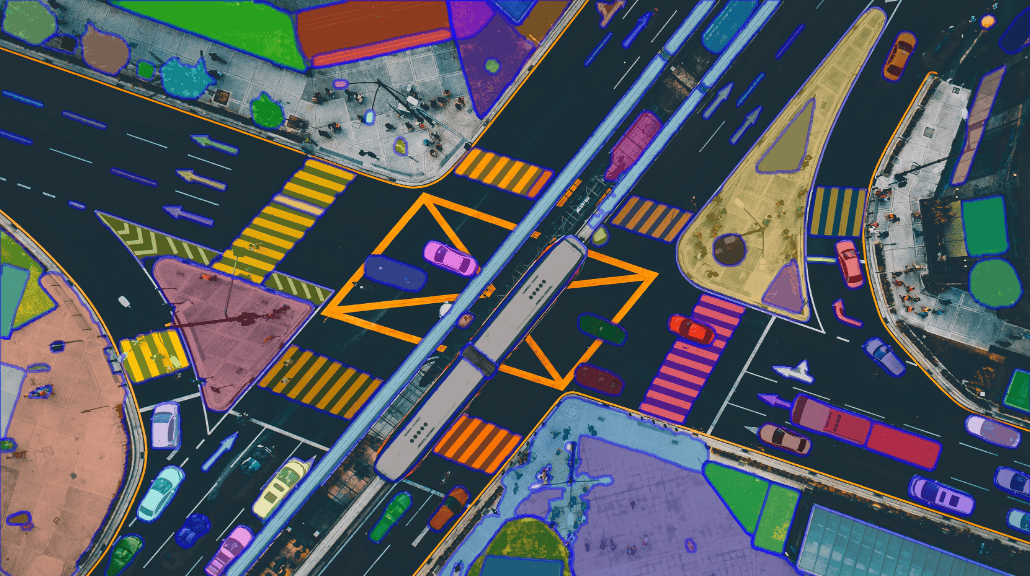

Infrastructure and Cadaster
Computer vision aids in mapping streets, buildings, and other infrastructure, assisting local authorities in urban planning and land administration.
Disaster Response
Computer vision analysis of satellite images helps government authorities rapidly assess disaster-affected areas, prioritize response efforts, and determine damage levels.
Forest Management
Computer vision algorithms analyze forest conditions, classify plant species, count plants, and evaluate their health, providing valuable insights for forest management.
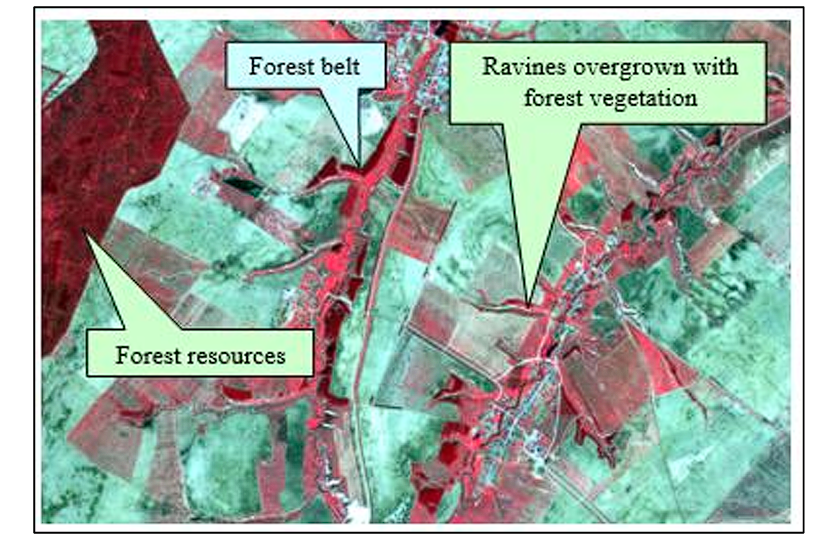

Future Trends
Computer vision



